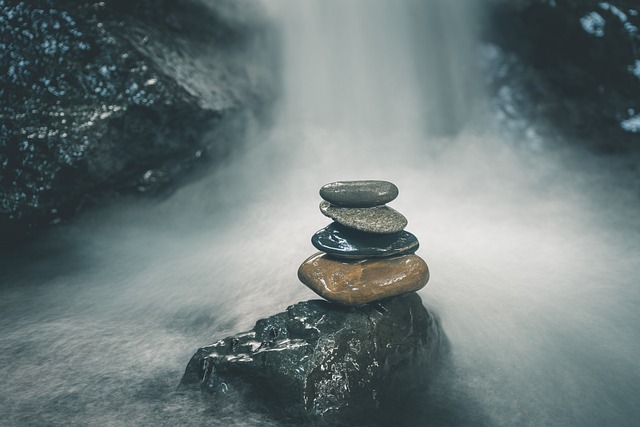Finding the perfect balance in painting is much like navigating the complexities of life. Each stroke of the brush and each choice of color resonates with harmony and dissonance, creating an emotional journey that invites the viewer into the artist’s world. Mastering balance in design as it relates to painting is not merely a technical skill; it is an intimate dance between chaos and order, passion and restraint.
At the heart of every stunning composition lies the concept of balance. In art, balance refers to the distribution of visual weight within a painting. A well-balanced piece feels stable and satisfying, drawing the viewer’s eye across the canvas in a fluid motion. Artists often use elements such as color, shape, size, and texture to achieve this equilibrium, allowing each component to contribute to the overall harmony.
When considering balance in design, it’s essential to recognize that there are various types of balance an artist can employ. Symmetrical balance creates a sense of formality and stability, where elements mirror each other around a central axis. As seen in classical compositions, this technique can evoke a sense of tradition and sophistication. On the other hand, asymmetrical balance allows for more dynamism, where different elements of varying sizes and visual weights interact organically, resulting in a more contemporary and spontaneous feel.
Color plays a pivotal role in achieving balance in painting. The interplay of warm and cool hues can dictate the mood of the piece, drawing attention to focal points or creating depth in a scene. For example, a splash of vibrant red on one side of the canvas can be balanced by a larger area of a cooler shade, like blue, on the opposite side. This thoughtful application of color not only aids in achieving visual balance but also enhances emotional resonance within the work.
Texture, too, can add an element of balance in design. Combining rough and smooth textures can guide the viewer’s gaze and create a tactile experience, inviting them to not just see, but also feel the artwork. The subtle juxtaposition of different materials or brush techniques can provide a sense of movement and rhythm, commanding attention and engagement.
As artists seek to master the art of balance, they often find inspiration in nature, architecture, and existing works of art. The natural world is a testament to balance through its inherent symmetry and asymmetry, teaching us that perfection lies not in uniformity but in the delicate interplay of varied elements. Similarly, studying the works of historical and contemporary masters can reveal new insights into how balance transforms a simple painting into a profound experience.
In mastering balance within the realm of painting, the journey becomes one of self-discovery as much as it is about technique. Each canvas offers an opportunity to explore themes of stability, emotion, and expression, allowing artists to translate their inner world into a visible form. Embracing this pursuit provides growth not only for the artist but also for viewers, who connect with the deeper meanings and feelings expressed through balanced compositions.
Ultimately, the art of design in painting lies in mastering the delicate balance between elements. Whether through color, texture, or structural composition, this harmony resonates with the viewer, evoking a sense of peace and completeness. As artists continue to explore and push the boundaries of balance, they invite all of us into a dialogue that transcends the canvas, touching on the very essence of human experience.



